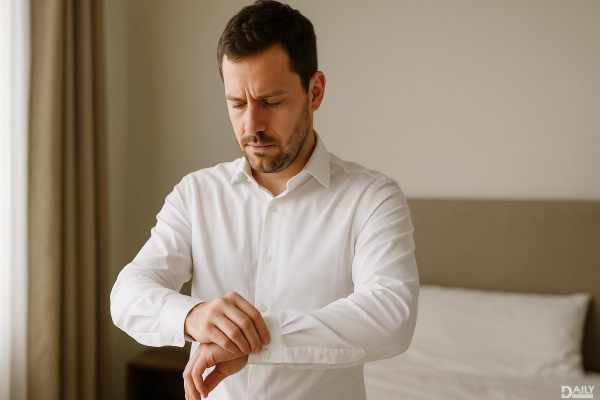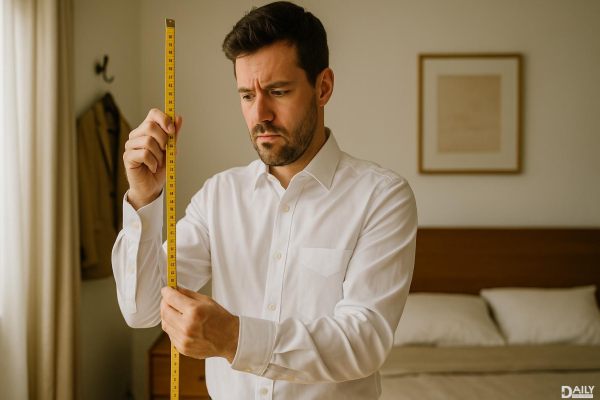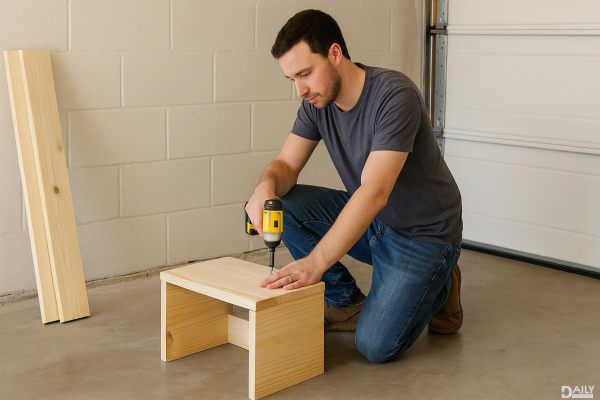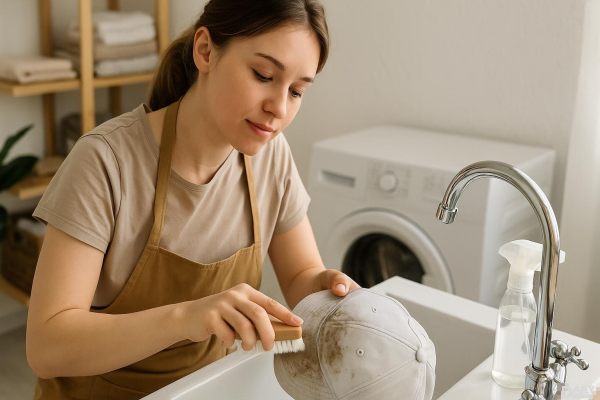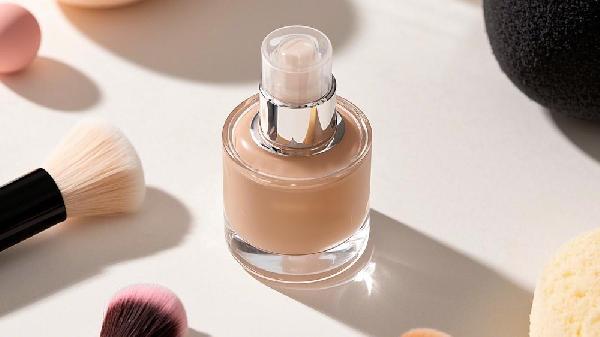Dealing with a clogged toilet is one of those universal headaches that nobody wants to deal with, but let’s face it—it happens to the best of us. Whether it’s a surprise blockage after a family gathering or just one of those days, knowing how to handle it quickly can save you from a messy disaster. The good news? You don’t always need to call a plumber. With a few simple tools and some know-how, you can tackle this issue like a pro and get your bathroom back in working order in no time.
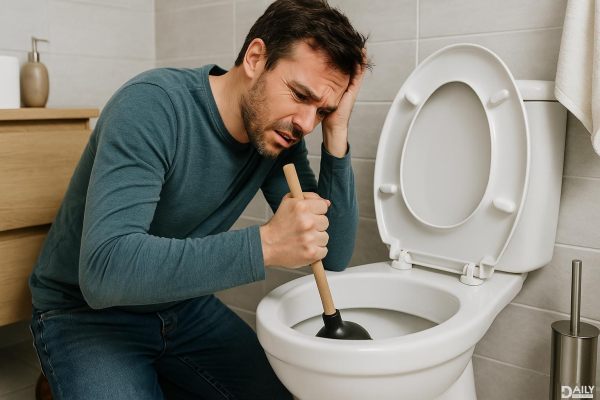
Before diving into the fix, it’s helpful to understand why clogs happen. Most of the time, it’s because of too much toilet paper or flushing items that shouldn’t go down the drain (looking at you, “flushable” wipes). Sometimes, it’s just a buildup of waste over time. Older plumbing systems can also be more prone to clogs due to narrower pipes or mineral deposits. Knowing the cause can help you prevent future issues and handle the current one more effectively.
To tackle a clogged toilet, you’ll need a few basic tools. First, a plunger is your best friend—make sure it’s a flange plunger designed for toilets, not a flat one meant for sinks. If the plunger doesn’t do the trick, a toilet auger (also called a plumbing snake) can help reach deeper blockages. You might also want to keep rubber gloves, a bucket, and some old towels on hand to keep things clean and dry. And if you’re feeling fancy, a pair of safety goggles isn’t a bad idea—trust me, you’ll thank yourself later.
Start by putting on your gloves and assessing the situation. If the water level is high, use a bucket to remove some of it—this will prevent overflow when you start plunging. Next, position the plunger over the drain hole and give it a few firm pushes. The goal is to create suction that dislodges the clog. If that doesn’t work, it’s time to bring out the auger. Insert it into the drain and twist it gently until you feel resistance. Once you’ve broken through the blockage, flush the toilet to see if the water flows freely. If it does, congratulations—you’ve just saved yourself a plumber’s bill!
While most clogs can be handled on your own, there are times when it’s best to call a professional. If you’ve tried plunging and using an auger but the toilet still won’t flush, there might be a more serious issue like a main line blockage or a problem with your septic system. Persistent clogs, foul odors, or water backing up into other drains are all signs that it’s time to bring in the experts. Don’t let pride get in the way—sometimes, it’s better to leave it to the pros.
Once you’ve cleared the clog, take steps to prevent it from happening again. Be mindful of what you flush—stick to toilet paper and human waste, and avoid flushing things like wipes, feminine hygiene products, or paper towels. If you have kids, consider a friendly reminder about what’s flushable and what’s not. Regularly cleaning your toilet and using a drain cleaner designed for toilets can also help keep things flowing smoothly. And if you’re dealing with an older plumbing system, it might be worth investing in an upgrade to avoid recurring issues.
Clogged toilets are never fun, but with the right tools and a little know-how, you can handle them like a champ. Remember, prevention is key, so take steps to avoid future blockages and keep your bathroom running smoothly. And if all else fails, don’t hesitate to call in the pros—sometimes, it’s the smartest move you can make. Now go forth and conquer that clog!
